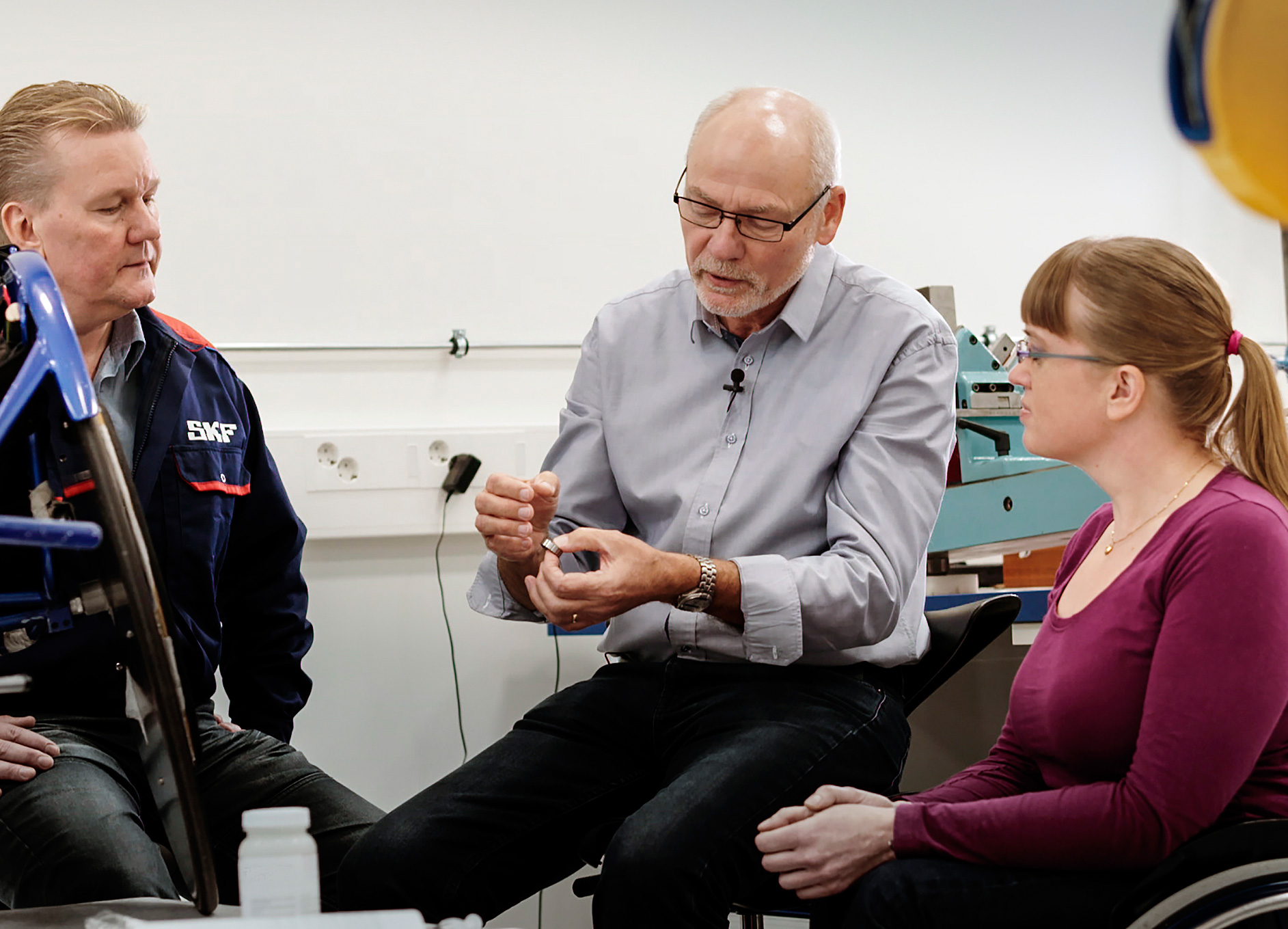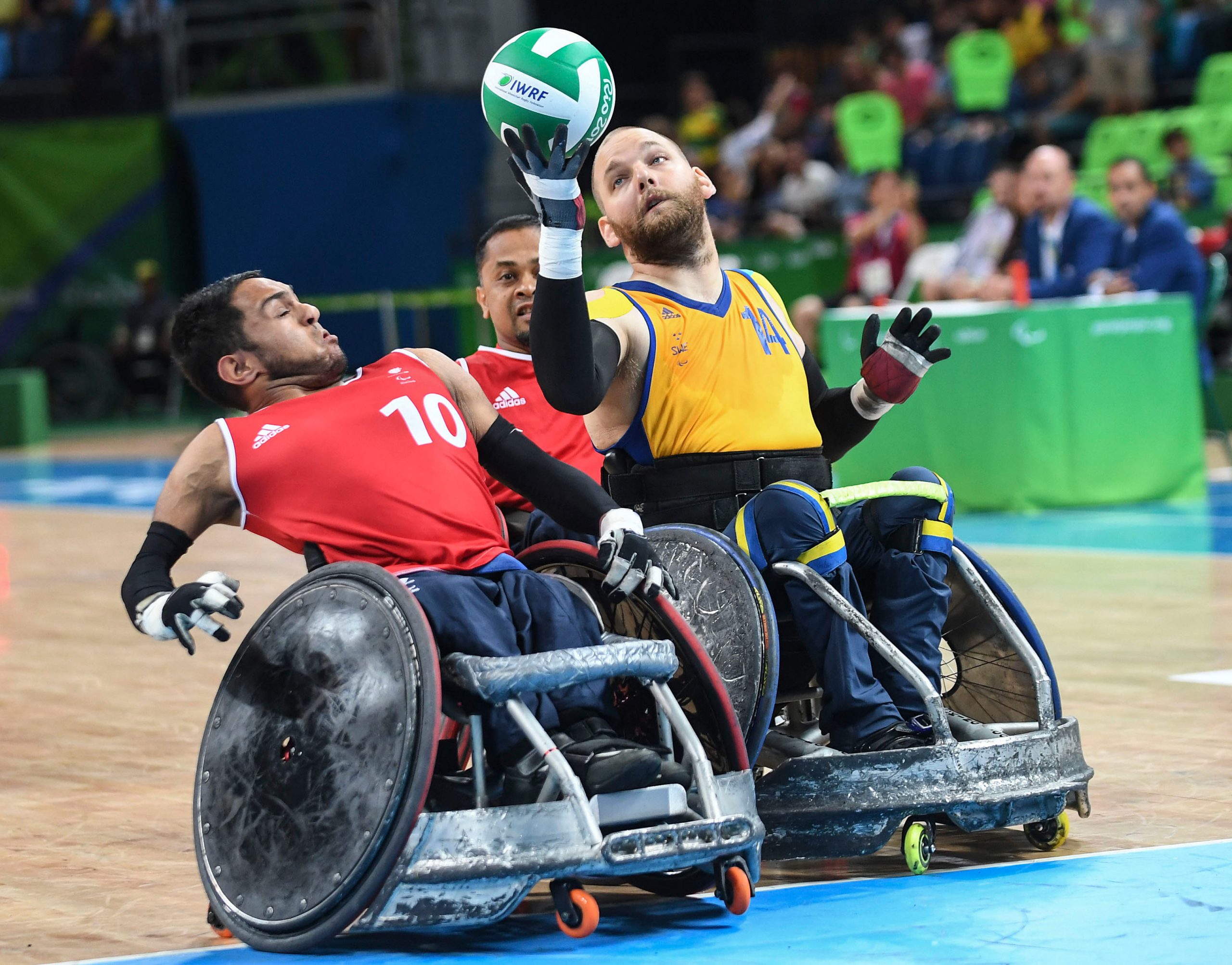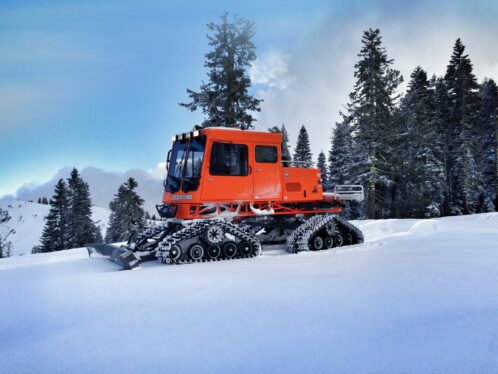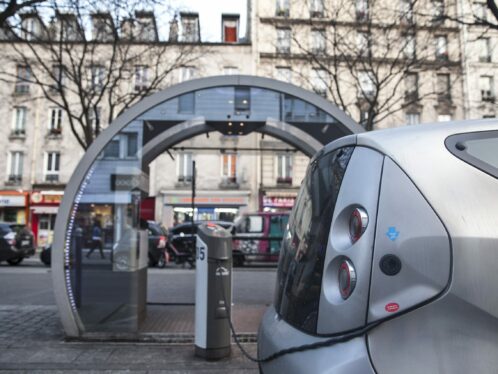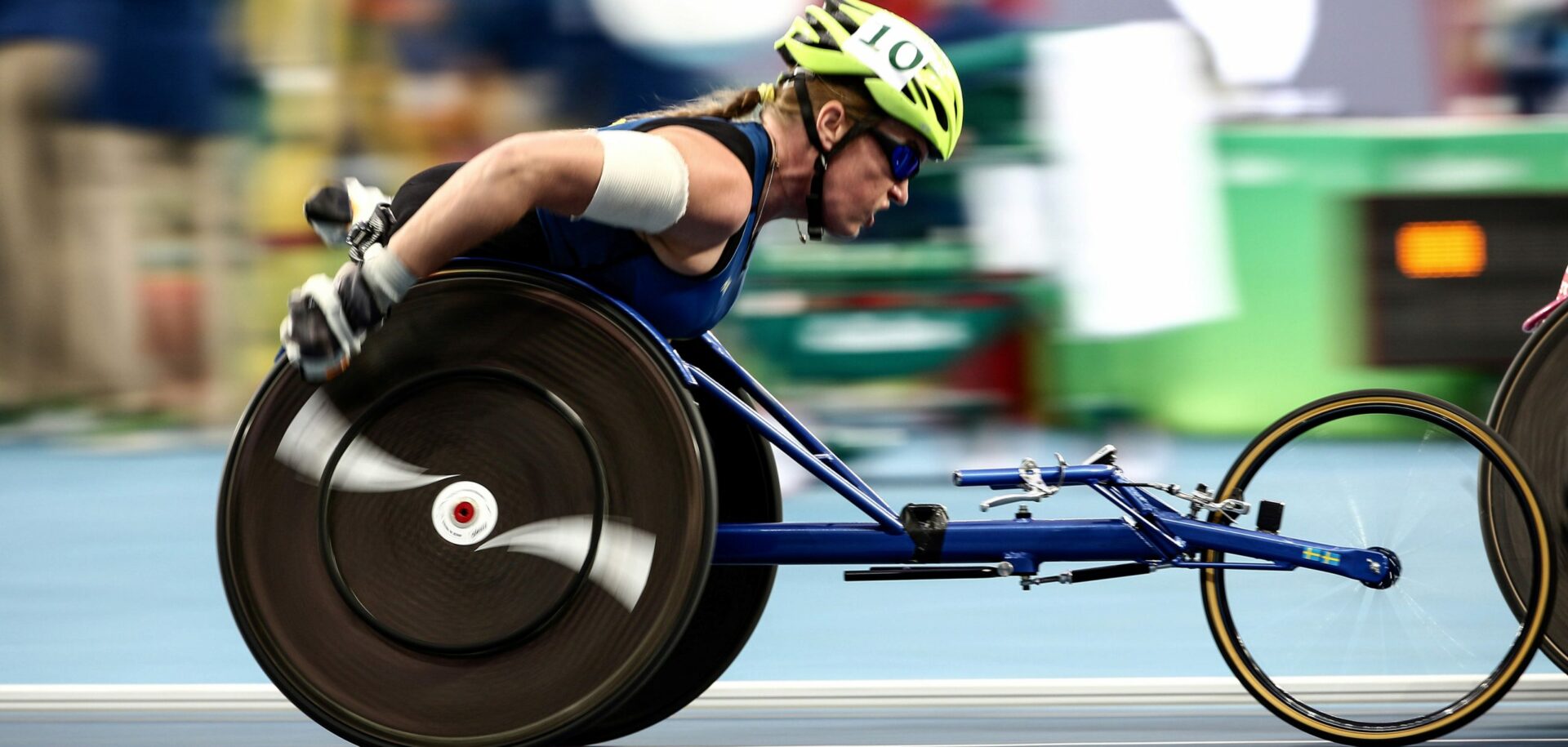
Sports united
Parasport has quickly grown in popularity, and the Paralympic Games are now the third-biggest sporting event in the world. In Sweden, the national Parasport Federation is promoting the integration of many para-athletes into regular sports.
Parasport is sport for people with some sort of impairment, physical or mental. It is parallel to sport for athletes without any impairment and uses adapted equipment or rules. There are also some parasports that are unique to para-athletes.
We are gaining ground here, but it takes time and there are other aspects we need to work with.
Johan Strid
secretary general of the Swedish Parasport Federation
Even if elite para-athletes struggle as hard as other athletes to improve and gain a competitive edge, parasport trails mainstream sport in terms of percentage of participants, something that troubles the federation’s secretary general, Johan Strid.
“While around 54 percent of unimpaired youth practise some sort of regular sport, we estimate that only around 4 percent of youngsters with some impairment up to the age of 18 actively pursue some sort of sport,” Strid says. “One of our priorities is to increase this, since being active in sport is not only very beneficial for the individual but also for the public health at large.”
He stresses that people with impairments have the same right to be able to practise a sport as anyone else and that integrating parasports into the regular physical education in schools is one of the big challenges they are working with at the moment.
“We are gaining ground here, but it takes time and there are other aspects we need to work with,” he says. “Parents of children with impairments can often be a little overprotective, for example.”
Integration of people with impairments into Swedish society – in schools, the workplace and elsewhere – has come a long way. Strid believes that the time has now come for parasport to follow the same path.
“One step in that direction is that we are a specialist federation under the Swedish Sports Confederation umbrella,” Strid says. “We are organizing 18 different parasports that we are working to transfer into specialist sports federations. Soccer should be played in the Soccer Federation, athletics in the Athletics Federation and so on. It is progressing, and we have had a very positive response.”
Sports such as soccer, swimming and table tennis are among the first that are in the process of integrating parasport into their federations. Joint training has been a reality for a long time.
Like all athletes, para-athletes struggle with finding enough time to train in order to excel in their field. Very few can devote themselves full-time to their sport.
“In Sweden it is rare to be able to make a living out of sport, and that is particularly true for parasport, even at the highest levels,” says Lopes. “Germany has a professional wheelchair basketball league that is very popular, but we haven’t gotten there yet.”
Money and technology
Since 2015, SKF has been a sponsor of the Swedish Parasport Federation and the Swedish Paralympics Committee. SKF contributes with both direct financial assistance and technical expertise.
The financial contribution helps the federation to promote parasport in general and to reach out to younger people with impairments. The technical support is simply a matter of making things, especially wheelchairs, go faster. “The cooperation with SKF has been valuable and has truly improved the material we use, and the athletes experience a difference,” says Inês Lopes, head of the elite programme at the Swedish Parasport Federation.
The difference is particularly marked at the top level, where just a few hundredths of a second can determine who wins a wheelchair race. Top athlete Gunilla Wallengren, for example, had her wheelchair fitted with special SKF hybrid ball bearings in 2015. These bearings have ceramic balls and a polyamide cage to operate with lower friction compared with all-steel ball bearings.


